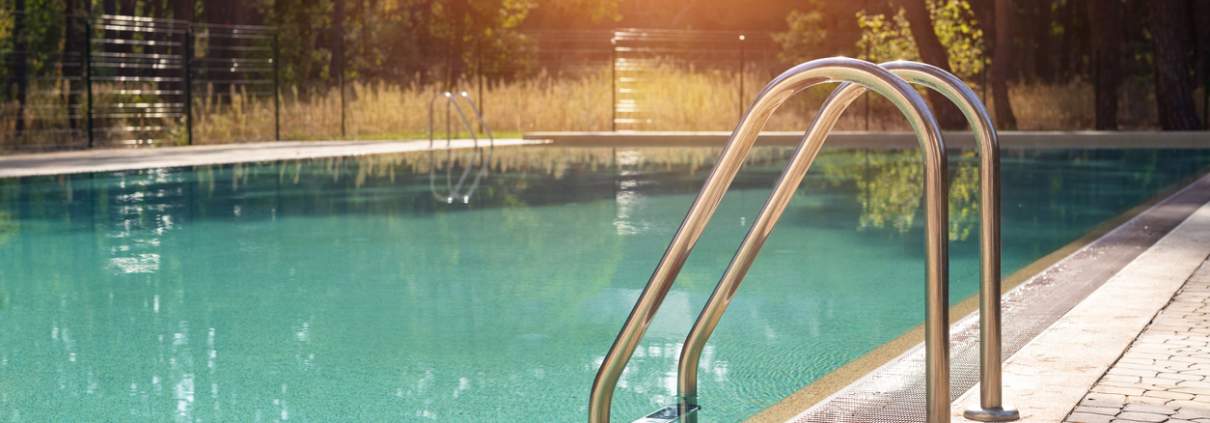Common Pool Plaster Issues and How to Fix Them
If you’re an owner of an inground pool who uses plaster, chances are you are going to run into issues with it sometime in the future. When it does happen, you need to be prepared by knowing what your options are. Here are some common pool plaster issues and how to fix them.
Plaster Stains
No matter how hard you attempt to avoid it, your swimming pool will likely accrue stains over time. From dirt to falling leaves, there are various things that can stain your pool. Methods like acid washing can help pool owners get rid of these stains. However, it should be noted that continual acid washing could force you to redo your plastering. It’s recommended that you consult with pool maintenance and repair experts like So Cal Pool Plaster on the best approach to cleaning your pool.
Craze Cracks
Your pool plaster can begin to shrink when water in the plaster mix is absorbed while curing is occurring. Craze cracks can emerge as a result of this shrinkage. Serious cases of craze cracks can cause algae and staining to occur. If the issue worsens, then you may require to replaster your inground pool.
Plaster Spalling
Incorrect troweling can cause a layer of your pool plaster to fall off. One way to fix this problem is to sand the area down to unveil a much smoother underlayer. If the issue is a severe one, replastering the entire pool may be the only option.
Pool Plaster Etching and Scaling
When there is low pH, alkalinity, or calcium, etching can occur. Etching happens when your pool plaster has lines and dents to it because of this imbalance in pool chemistry. Meanwhile, scaling occurs when there is high pH, calcium, or alkalinity in your pool which can cause minerals to build up. You can avoid scaling in your pool by brushing your pool walls and diluting acid before you add it to your pool. Additionally, keeping your pool chemistry balanced is pivotal to stop your pool plaster from etching and scaling.
Delamination
Delamination happens when the pool plaster separates from the concrete beneath it. This occurs when there is a bond failure between the plaster and the concrete. When delamination appears in your pool, it is recommended to consult with pool restoration experts on the best approach to fixing this issue.
Plaster Fading
Over a few years, your pool plaster will begin to fade in color due to constant exposure to chlorine and sunlight. There are multiple solutions to avoid this predicament. One option is using something besides chlorine-like bromine or hydrogen peroxide. Another method you can use is simply keeping your pool cover on when your pool is not being utilized.
When you start to notice issues with your plaster, get in touch with So Cal Pool Plaster. So Cal Pool Plaster provides world-class pool restoration services and impeccable quality of work. We are proud to serve Southern California, and we always strive to give our clients the best. To learn more about our pool restoration options, call us today at (714) 617-8182. We’ll provide you with a free estimate for your next project.




